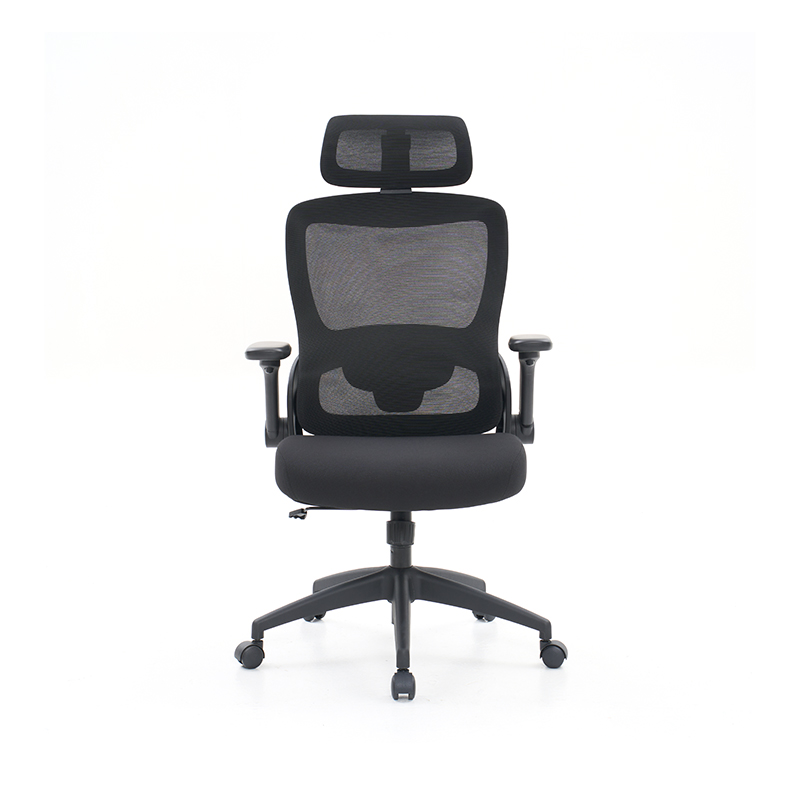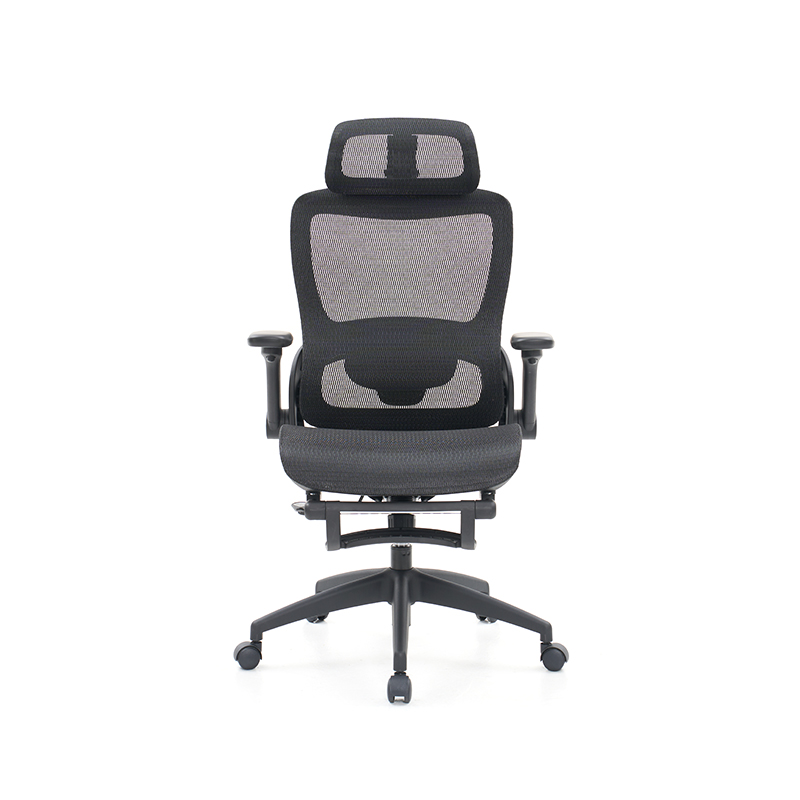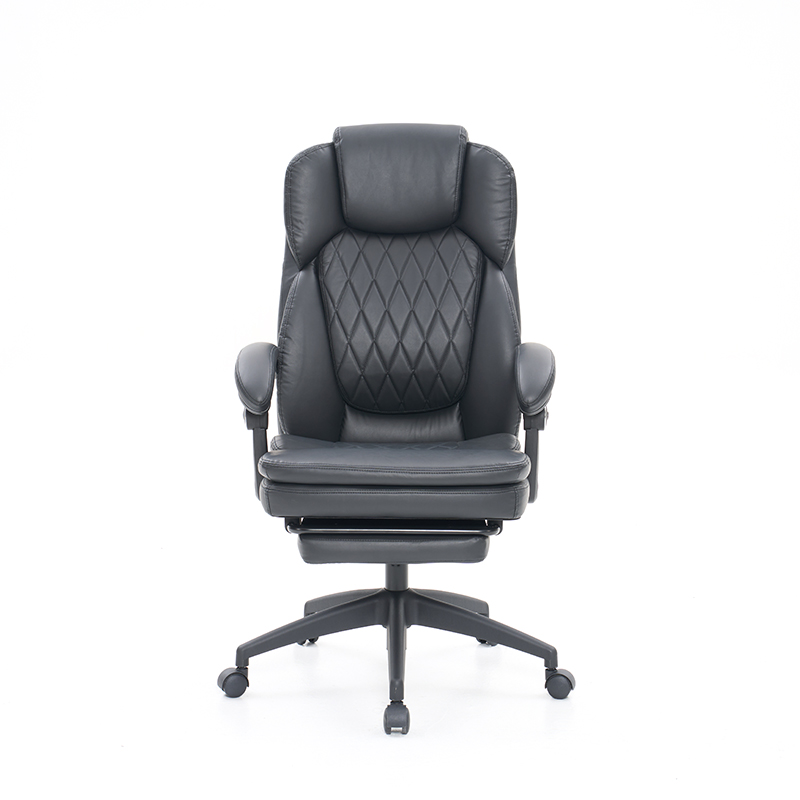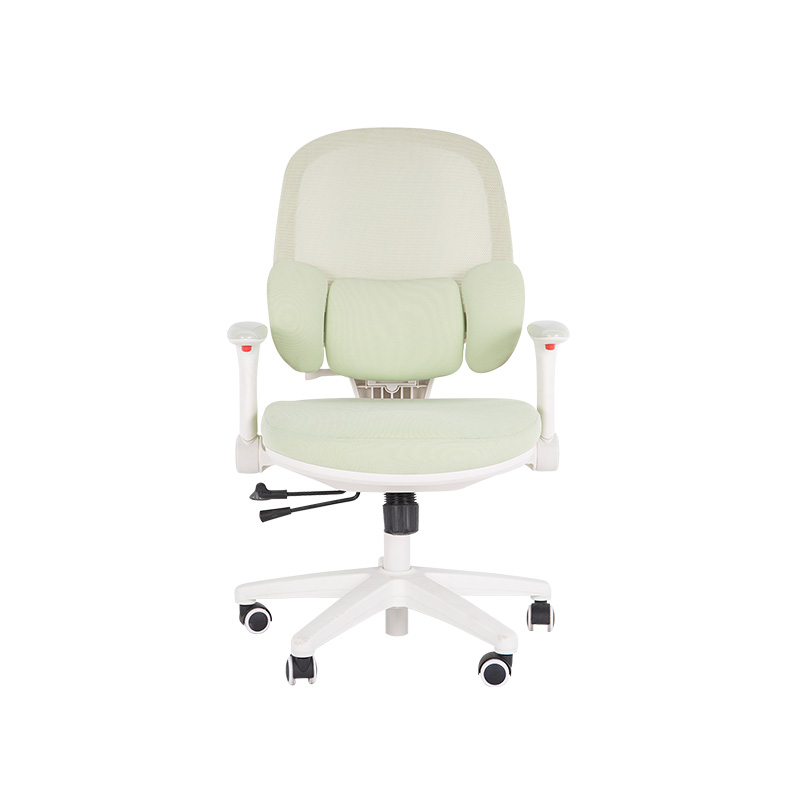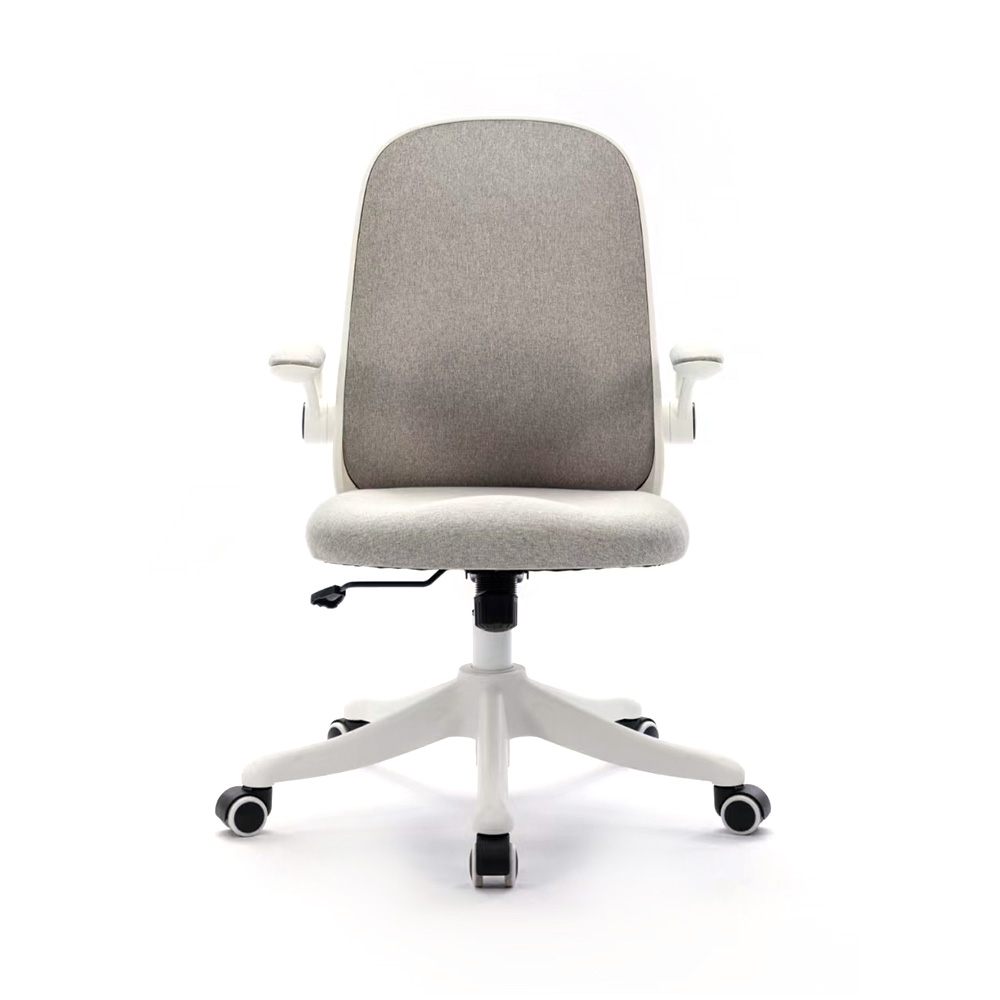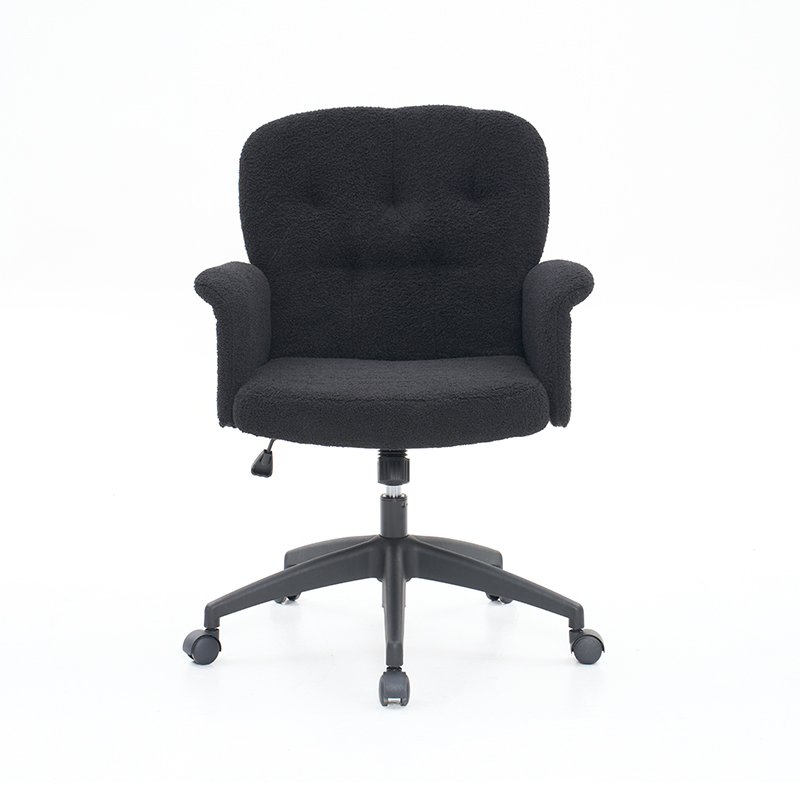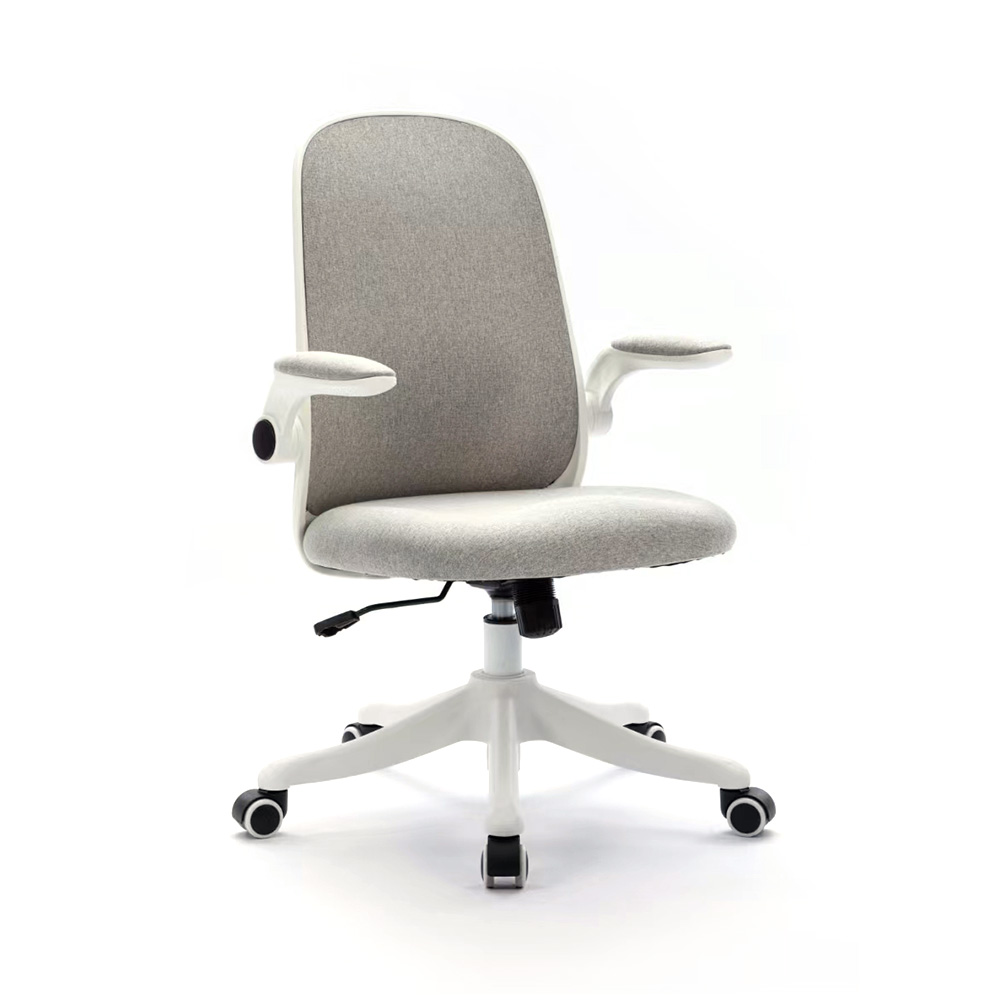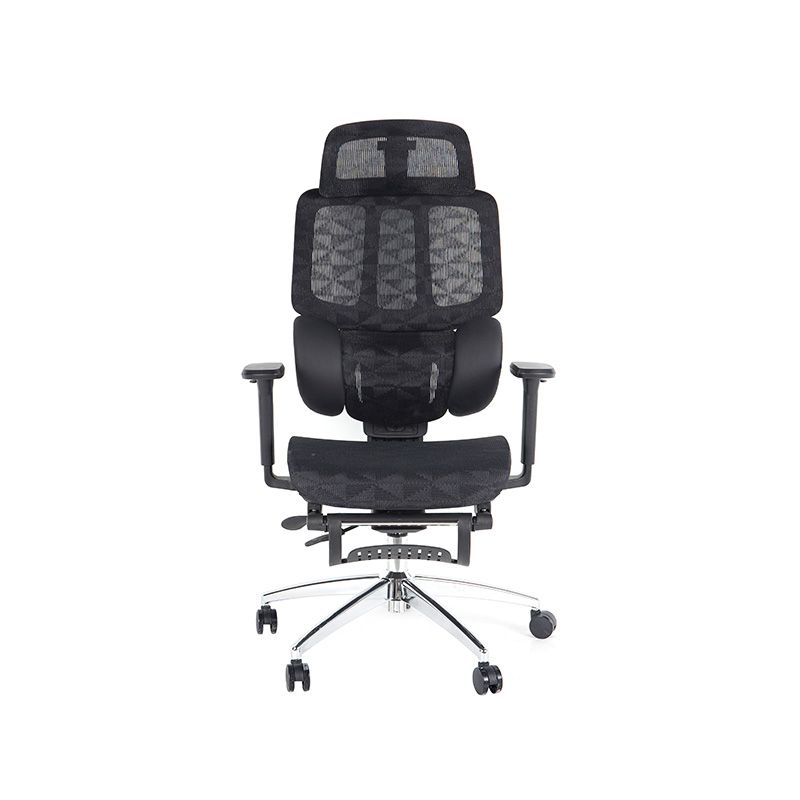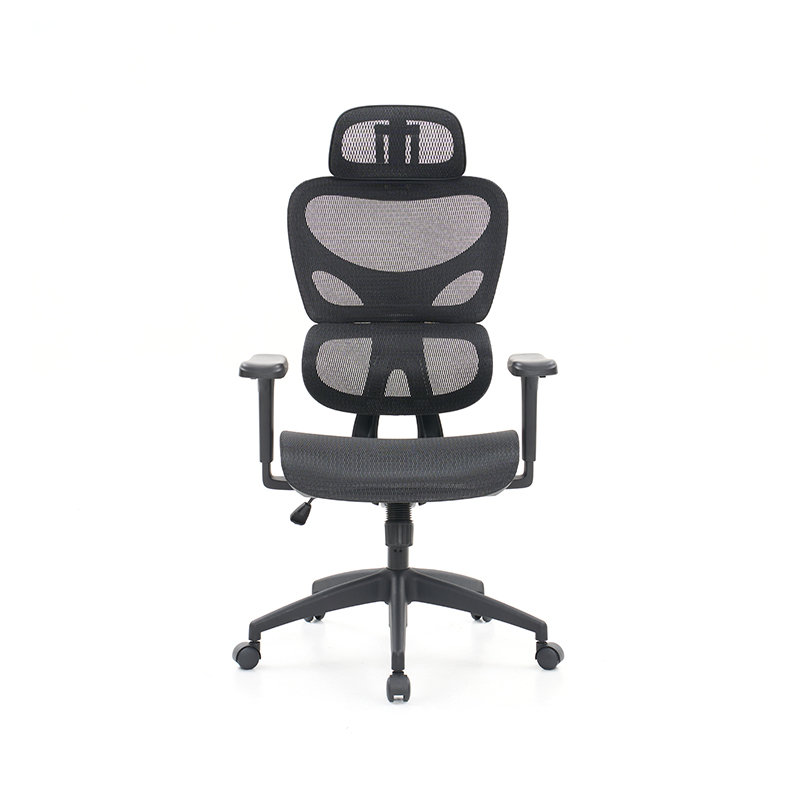Why Every Child Needs Their Own Chair: Benefits & Best Picks
The Unseen Power of a Personal Throne: More Than Just Furniture
In the vibrant ecosystem of a child's room, furniture often plays a functional yet anonymous role. However, the assignment of a personal chair to a child transcends basic utility, becoming a cornerstone for their development, comfort, and sense of self. An adult's world is largely built to their scale, which can be overwhelming and physically awkward for a child. A chair designed specifically for them is a powerful statement that they are valued as individuals. It provides a dedicated space for them to engage in activities that are crucial for their growth, from focused reading and creative arts to simply having a moment of quiet reflection. This isn't merely about having a place to sit; it's about fostering independence, promoting proper physical health, and nurturing their emotional well-being. As we delve deeper into the specific benefits and considerations, it becomes clear that finding the best kids chair for posture support and other key features is an investment in your child's present and future.
Key Benefits of Providing a Personal Chair for Your Child
Understanding the 'why' behind a child's own chair is the first step in recognizing its importance. The advantages span multiple domains of a child's life, creating ripples of positive impact that extend far beyond their bedroom or play area.
Fostering Independence and a Sense of Ownership
From a young age, children crave autonomy and the ability to make their own choices. A personal chair serves as a tangible symbol of their personal space and belongings. It is an item that is unequivocally 'theirs'. This sense of ownership encourages responsibility; they learn to care for their chair, perhaps by placing it neatly at a desk or keeping it clean. It becomes their designated spot for activities, meaning they can independently decide to sit down for drawing or reading without needing assistance to get onto an adult-sized chair. This empowerment is crucial for building self-confidence and decision-making skills. When a child has a space they control, it reinforces their identity and gives them a secure base from which to explore the world.
Promoting Healthy Posture and Physical Development
This is arguably one of the most critical, yet often overlooked, benefits. Adult furniture forces children into positions that can be detrimental to their developing spines and muscles. Their feet dangle, their backs lack support, and they often slouch or kneel to compensate. A properly sized children's chair is ergonomically designed to support their smaller body frame. The seat height allows their feet to rest flat on the floor, their knees to bend at a 90-degree angle, and their back to be fully supported. This promotes a neutral spinal position, reducing strain and the risk of long-term postural issues. Consistent use of a well-designed chair during activities like studying or eating helps build core strength and establishes healthy sitting habits that can last a lifetime. This makes the search for the best kids chair for posture support a top priority for health-conscious parents.
Creating a Dedicated Space for Focus and Creativity
A child's personal chair acts as an anchor for concentration. In a world filled with distractions, having a specific, comfortable spot dedicated to focused tasks can significantly improve a child's attention span. Whether it's the corner with their art supplies or a nook by the bookshelf, the chair signals to their brain that it's time to engage in a particular activity. This psychological association helps them transition into a state of flow more easily, whether they are solving a puzzle, building with blocks, or diving into a storybook. It carves out a mini-sanctuary for their imagination to flourish, free from the comings and goings of shared family furniture.
Navigating the Options: How to Choose the Perfect Kids Chair
With the benefits firmly established, the next step is selecting the right chair. The market offers a vast array, making the choice seem daunting. However, by focusing on a few key criteria, you can make an informed decision that perfectly suits your child's needs and your home environment. Many parents find themselves asking, what to consider when buying a children's chair, and the answer lies in a combination of safety, ergonomics, and design.
Critical Factors for Selection
Not every chair is created equal. To ensure you are making a worthwhile investment, pay close attention to the following aspects:
- Age and Size Appropriateness: The chair must fit your child's current height and weight. Check the manufacturer's recommendations and, if possible, have your child test it. Their feet should rest flat, and their thighs should be parallel to the floor.
- Safety and Stability: Look for a chair with a robust, wide base to prevent tipping. Ensure there are no sharp edges, pinch points, or small, detachable parts that could pose a choking hazard for younger children. The materials should be non-toxic and durable.
- Ergonomics and Comfort: As discussed, posture support is paramount. A contoured backrest that supports the natural curve of the spine is ideal. The seat should be comfortably padded but not so soft that it compromises stability.
- Durability and Materials: Children are not always gentle. The chair should be made from materials that can withstand bumps, spills, and daily use. Easy-to-clean surfaces are a significant advantage.
- Design and Aesthetic Appeal: Finally, the chair should be something your child loves. Involving them in the selection process by choosing a color or design they like will increase the likelihood that they will actually use and cherish their special piece of furniture.
Understanding Different Chair Styles
Chairs for children come in various styles, each serving a slightly different purpose. Understanding these can help you decide if you need a single multi-purpose chair or several for different activities.
Comparing Wooden, Plastic, and Upholstered Chairs
Each material offers a distinct set of advantages and drawbacks. The choice often depends on the intended use, the child's age, and your personal preferences regarding maintenance and aesthetics. For instance, a parent looking for a wooden kids chair with back support might prioritize durability and natural materials, while another might seek a colorful plastic chair for toddlers for its easy clean-up and lightweight properties.
To help illustrate the differences, here is a comparative analysis:
Wooden chairs are known for their exceptional durability and timeless aesthetic. They are sturdy and can often handle more weight and rougher treatment than other types. A well-designed wooden kids chair with back support can be an excellent ergonomic choice that grows with your child. However, they can be heavier, making them less portable, and the hard surface may require additional cushions for prolonged comfort. Plastic chairs, on the other hand, are typically lightweight, easy to clean, and come in a wide variety of bright colors and fun shapes, making them a popular choice for a colorful plastic chair for toddlers. Their main disadvantages are a potential lack of stability (especially in cheaper models) and a less premium feel. Upholstered chairs offer the highest level of comfort with their padded seats and backs, ideal for long reading sessions or quiet time. The trade-off is that the fabric can stain easily and may harbor allergens, requiring more frequent and intensive cleaning.
| Material | Pros | Cons | Best For |
|---|---|---|---|
| Wooden | Highly durable, stable, natural aesthetic, good ergonomic potential. | Heavier, hard surface can be uncomfortable, may require assembly. | Desks, dining tables, long-term use. |
| Plastic | Lightweight, easy to clean, affordable, colorful and fun designs. | Can be less stable, may not support taller/heavier children, can crack over time. | Playrooms, outdoor use, toddlers. |
| Upholstered | Superior comfort, wide range of styles, encourages relaxation. | Fabric stains easily, can harbor dust mites, requires more maintenance. | Reading nooks, bedrooms, quiet corners. |
Top Picks: Chair Recommendations for Various Needs
While we are not mentioning specific brands, we can categorize recommendations based on the key needs and questions parents often have. This approach will help you identify the type of chair that aligns with your specific requirements.
For the Growing Child: An Adjustable and Ergonomic Pick
For a long-term solution that adapts to your child's rapid growth, an adjustable chair is unparalleled. These chairs typically feature a seat and backrest that can be raised or lowered, ensuring a proper ergonomic fit over several years. This is the ultimate answer for providing consistent best kids chair for posture support. They are often designed with a focus on supporting the spine during focused tasks like homework or studying. When considering this type, look for smooth, tool-free adjustment mechanisms and robust construction that can handle frequent changes. The initial investment is often higher, but it eliminates the need to purchase a new chair every few years, making it a cost-effective and health-conscious choice in the long run.
For the Creative Toddler: A Durable and Fun Pick
Toddlers need a chair that can keep up with their boundless energy and creative messes. This is where a colorful plastic chair for toddlers truly shines. The primary considerations here are safety, stability, and easy maintenance. Look for a chair with a wide, anti-tip base and rounded edges. The material should be free of BPA and other harmful chemicals. A bright, engaging color or a design featuring their favorite theme can make the chair an object of desire, encouraging them to use it for activities like drawing, playing with clay, or having a snack. Its lightweight nature also allows toddlers to move it themselves (under supervision), further fostering their independence. For those concerned about aesthetics, many modern plastic chairs are designed with stylish, minimalist profiles that fit well in contemporary homes.
For the Little Reader: A Cozy and Comfortable Pick
If the primary goal is to create an inviting reading nook, comfort is king. This calls for a plush, upholstered chair or a small, child-sized armchair. The chair should feel like a warm hug, inviting your child to curl up for long periods with a good book. When selecting a chair for this purpose, consider the fabric; a microfiber or performance fabric can be more stain-resistant than plain cotton. A slightly higher back and armrests can add to the cozy feeling. Some parents even opt for small bean bag chairs, but it's important to ensure they are filled with safe, non-toxic materials and provide adequate support. The key is to create a space that is so comfortable and appealing that your child is naturally drawn to it for quiet time, making it easier to answer the common parental question, how to encourage reading habits with a kids chair. By making reading a comfortable and special activity, you intrinsically build a positive association with books.
Cultivating Positive Habits Through Personal Space
A child's chair is more than a piece of furniture; it is a tool for habit formation. The consistent use of a personal space can instill routines and positive behaviors that contribute to a child's overall development.
Establishing a Routine and Sense of Responsibility
A personal chair can become a central pillar in a child's daily routine. It can be their "breakfast spot," their "homework station," or their "evening reading throne." This consistency provides structure and security. Furthermore, it introduces the concept of responsibility. They learn that their chair is their possession to care for. Simple tasks like pushing it in after use or wiping it down after a snack teach accountability and respect for their belongings. This early lesson in stewardship is a small but significant step towards raising a responsible individual.
Encouraging a Love for Reading and Learning
We previously touched on this, but it deserves a deeper look. The question of how to encourage reading habits with a kids chair is central for many parents. The strategy is to make the reading experience as appealing and ritualistic as possible. Pairing a comfortable, dedicated chair with a well-stocked bookshelf creates a powerful "reading zone." The act of sitting in their special chair signals to the brain that it's time to unwind and focus on a story. This dedicated space, free from the distractions of the television or noisy siblings, allows a child to fully immerse themselves in the narrative, building comprehension and a genuine love for literature. The chair becomes a symbol of adventure and knowledge.
Caring for Your Child's Chair
To ensure the chair remains a safe and appealing part of your child's life for years to come, proper maintenance is essential. The care routine will vary significantly depending on the material, but some general principles apply. For a wooden kids chair with back support, regular dusting and occasional wiping with a damp cloth are usually sufficient. Avoid harsh chemical cleaners that might damage the finish or be harmful to your child. For a colorful plastic chair for toddlers, most can be simply wiped down with a mild soap and water solution or even placed in a shower for a thorough rinse. Upholstered chairs require more vigilance; immediate spot cleaning of spills is crucial to prevent stains, and regular vacuuming will keep dust and allergens at bay. Always check the manufacturer's cleaning instructions if available. Periodically inspect the chair for any signs of wear and tear, such as loose screws, cracks, or instability, to ensure it remains a safe haven for your child.
Contact Us

 English
English 中文简体
中文简体 عربى
عربى




